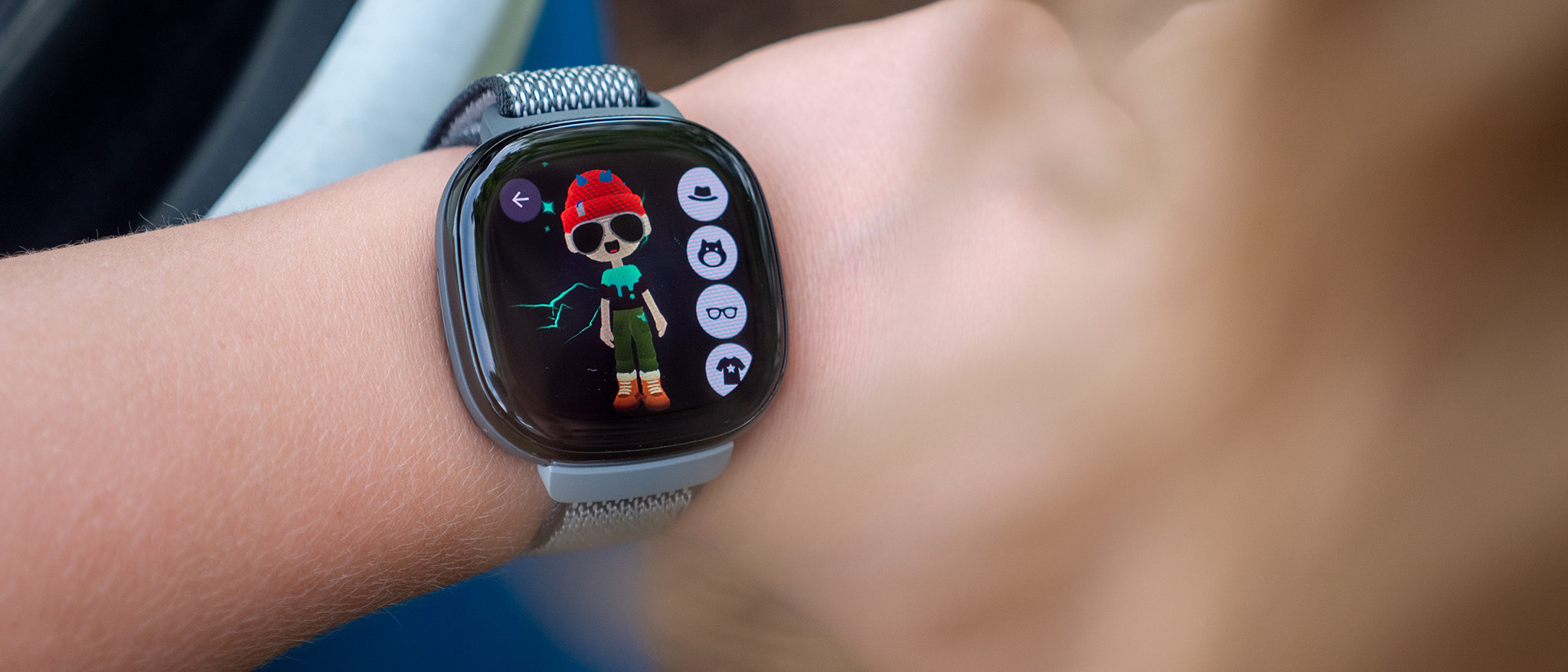Android Central Verdict
The Fitbit Ace LTE redefines what I thought a smartwatch for kids could be. While most watches for kids are dumbed down and feature ugly, clumsy software, Fitbit designed this watch from the ground up to keep kids active and interested. Impressive 3D games require real-world movement to unlock and use, and a simple Wear OS-inspired UI perfectly melds with the gorgeous hardware that puts other chunky kids watches to shame. Battery life could be longer, and I'd like some more customization of fitness goals as a parent, but otherwise, this is the new benchmark for what we should expect from a kid's smartwatch.
Pros
- +
Works with iOS and Android
- +
Brilliant ways to keep kids active
- +
Tons of customization
- +
Super sleek hardware with fun band options
- +
GPS tracking and LTE connectivity
- +
Quick charging
Cons
- -
No sleep tracking
- -
Game goals feel a little unfair
- -
Needs fitness goal customization
- -
Expensive
Why you can trust Android Central
I've reviewed a lot of kids watches with my son over the years and most of them have the same problems. Not only are most smartwatches for kids irritatingly thick and chonky, but the software often leaves a lot to be desired.
That's where the experts at Fitbit and Google come in. The Fitbit Ace LTE is the latest and (mostly) greatest in a line of kid-focused Fitbit devices that does things completely differently from its predecessors. Not only is it the first LTE-enabled Fitbit Ace wearable, but it's also an actual smartwatch—not just an activity tracker like previous Fitbit Ace bands.
But this isn't just a Pixel Watch 2 inside a more kid-friendly package. Google and Fitbit designed the experience from the ground up so kids not only feel like they have a powerful smartwatch on their wrist but also so that they feel like wearing a smartwatch makes sense.
From high-quality 3D games that are designed to keep your kids active throughout the day to a Tamagotchi-like virtual pet that can be customized with activity reward tickets, this is easily the best smartwatch for kids ever made.
Fitbit Ace LTE: Price and availability

The Fitbit Ace LTE retails for $229.95 and is sold at the Google Store, various carriers in the U.S., and stores like Best Buy and Amazon.
The Fitbit Ace LTE connects to the internet via Wi-Fi or LTE. A subscription is not required for basic Wi-Fi use but parents will need to subscribe to a Fitbit Ace Pass in order to activate LTE connectivity. An Ace Pass costs $9.99 per month or $119.99 per year.
The Fitbit Ace LTE ships with a charging cable, bumper case, and one band. Google sells additional Ace Bands for $34.99. Each band ships with a sticker pack and digital goodies on the watch, including unique Noodles for the watch face, a unique digital character, and unique items that can be unlocked through movement.
Get the latest news from Android Central, your trusted companion in the world of Android
Fitbit Ace LTE: What I love
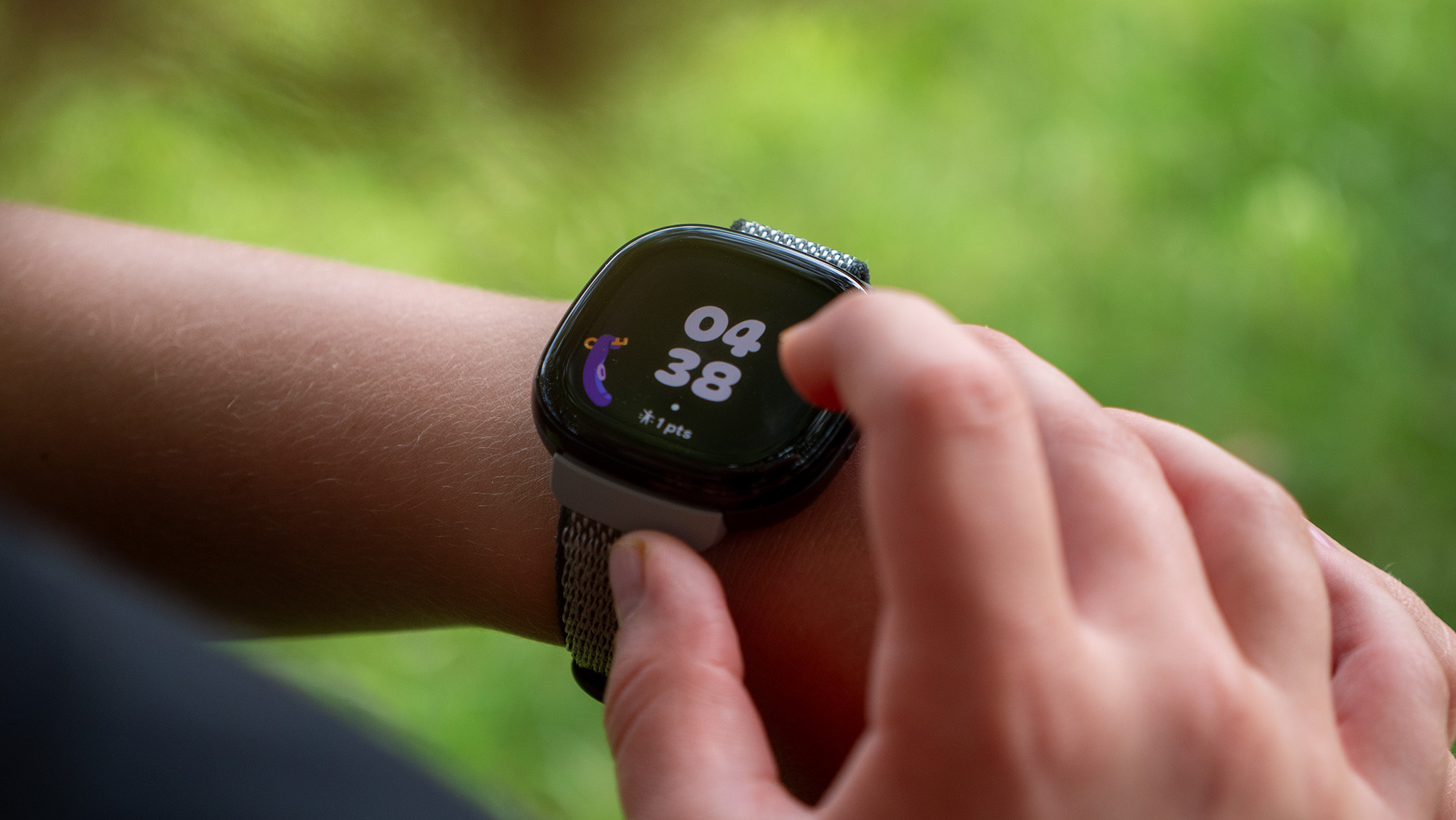
True to the Fitbit brand, the Fitbit Ace LTE is designed entirely around the concept of encouraging movement all day. Instead of boring step tracking or standing notifications, Fitbit Ace LTE gives kids movement points earned through various activities. More intense movement grants more points, so kids who play sports, jump on trampolines, or generally have a lot of active playtime will find they score higher points throughout the day.
Kids will also get daily quests to complete that will award bonus points, like climbing a certain number of stairs, walking a certain number of steps, or even just moving for a specific length of time.
What's fantastic is that these points can be used for several things throughout the day, encouraging kids to keep in touch with their health data while playing fun games or earning cool items. Games are designed to be played for a few minutes at a time—at most, something I'll cover more in the next section—but each game works a little bit differently.
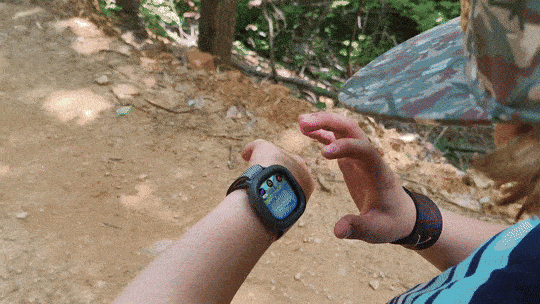
Some games allow you to spend points you've earned throughout the day on activities and turns, while others will only let you play for a few minutes before requiring more movement. The number of points or steps required for the next move is hard-coded into each game, for better or worse, which means your kids know what they're getting into each time they play.
Each of the six games preloaded onto the phone are active, as well, requiring kids to move around instead of just tap the screen a few times.
Each of the six games preloaded onto the watch is also active, requiring kids to move around instead of just tapping the screen a few times. My son's favorite game on the watch is a space strategy game where you conquer planets by defeating enemy squadrons. Aside from encouraging basic strategy skills, each round lets players physically aim with their wrists to blow up ships.
Likewise, the fishing game has players casting their line with their wrist, then reeling it by pulling it toward their body (see GIF above). Another game has kids dancing and wiggling around, while yet another is a kaiju golfing experience. What's particularly cool is that these six games will be refreshed every few months, providing plenty of entertainment value over the coming months.
That also helps give the monthly subscription cost a bit more added value since you'll constantly be getting new things. In fact, the first round of updated games just launched on August 7.
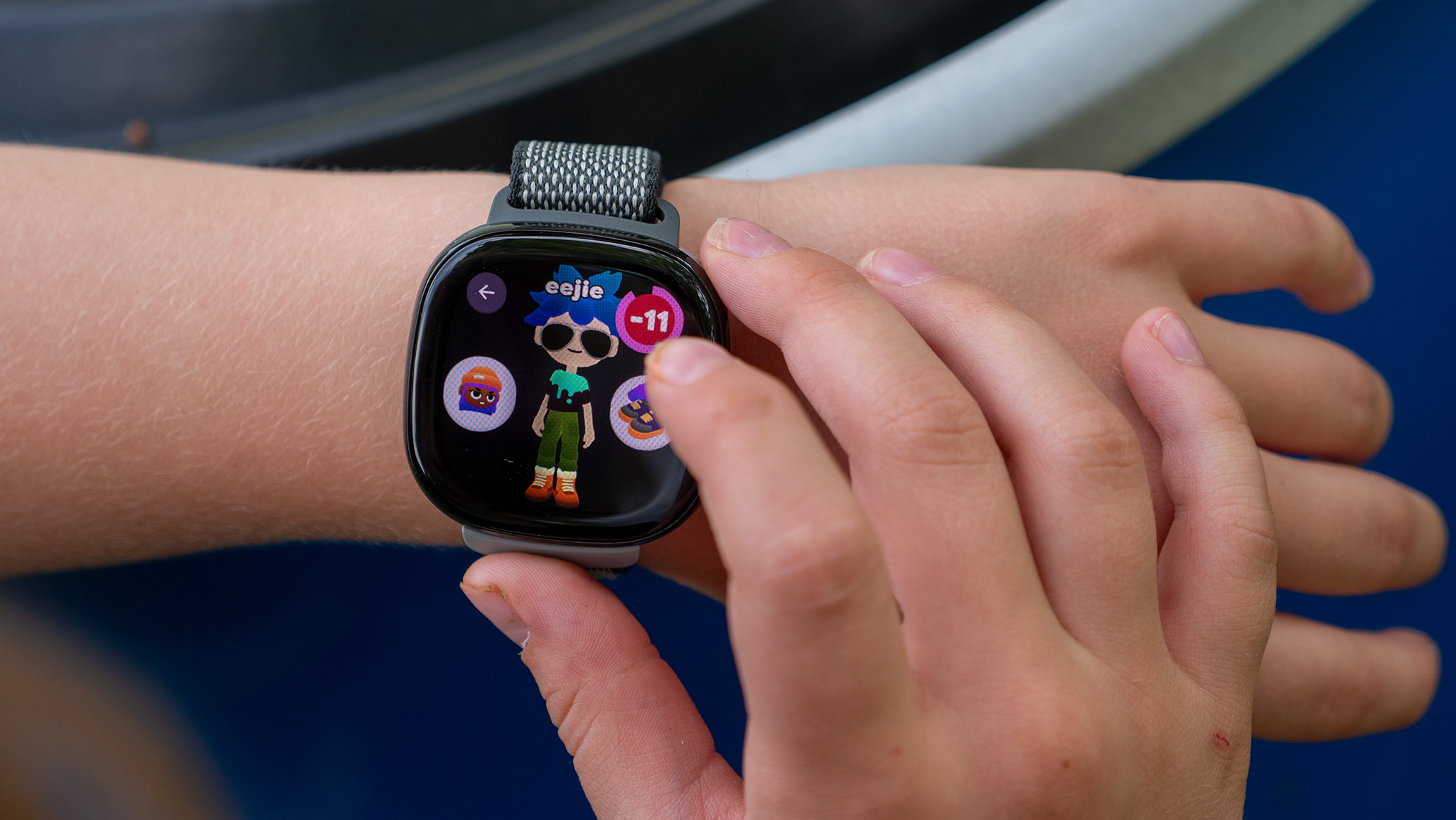
Points can also be spent on customizing your Eejie, a sort of Tamagotchi-meets-Animal Crossing-type virtual pet that lives in Bit Valley. You can play games and buy furniture or outfits that can be used to further customize the Eejie and its space. As you level up, your Eejie's home gets bigger and you gain access to more items.
I want this virtual pet-meets-Animal Crossing game on my Pixel Watch now.
My colleague, Michael Hicks, has wanted this very kind of thing on regular smartwatches for a while now. I also echo those sentiments and want to see Google and Fitbit bring this to the broader Wear OS ecosystem.
Buying additional Ace bands for your watch will also unlock new Eejies and new items and outfits that can be earned. You can even link Eejie's together if you have more than one child with a Fitbit Ace LTE or if their friends have one.
The bands themselves are very easy to add and remove with a handy button that you push in and then down. You'll need to have it off the wrist for this, so there's no danger of the band accidentally falling off, even during the craziest of times.
Swapping out a band will automatically change the Noodle on the watch face—that's the animated snake or worm-like creature that wraps around the time—but the Noodle can always be changed out if your child doesn't like the one that matches the band.
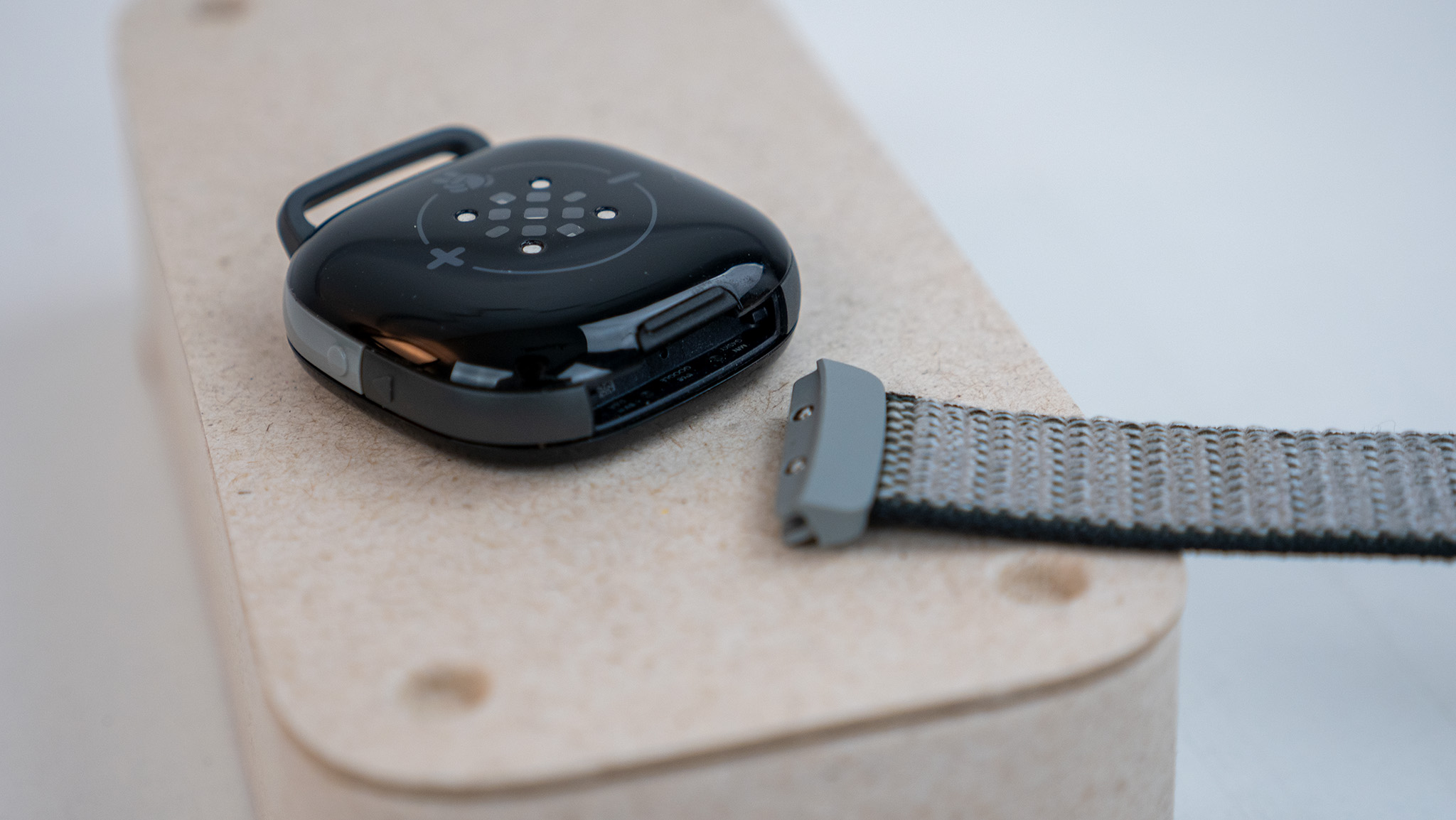

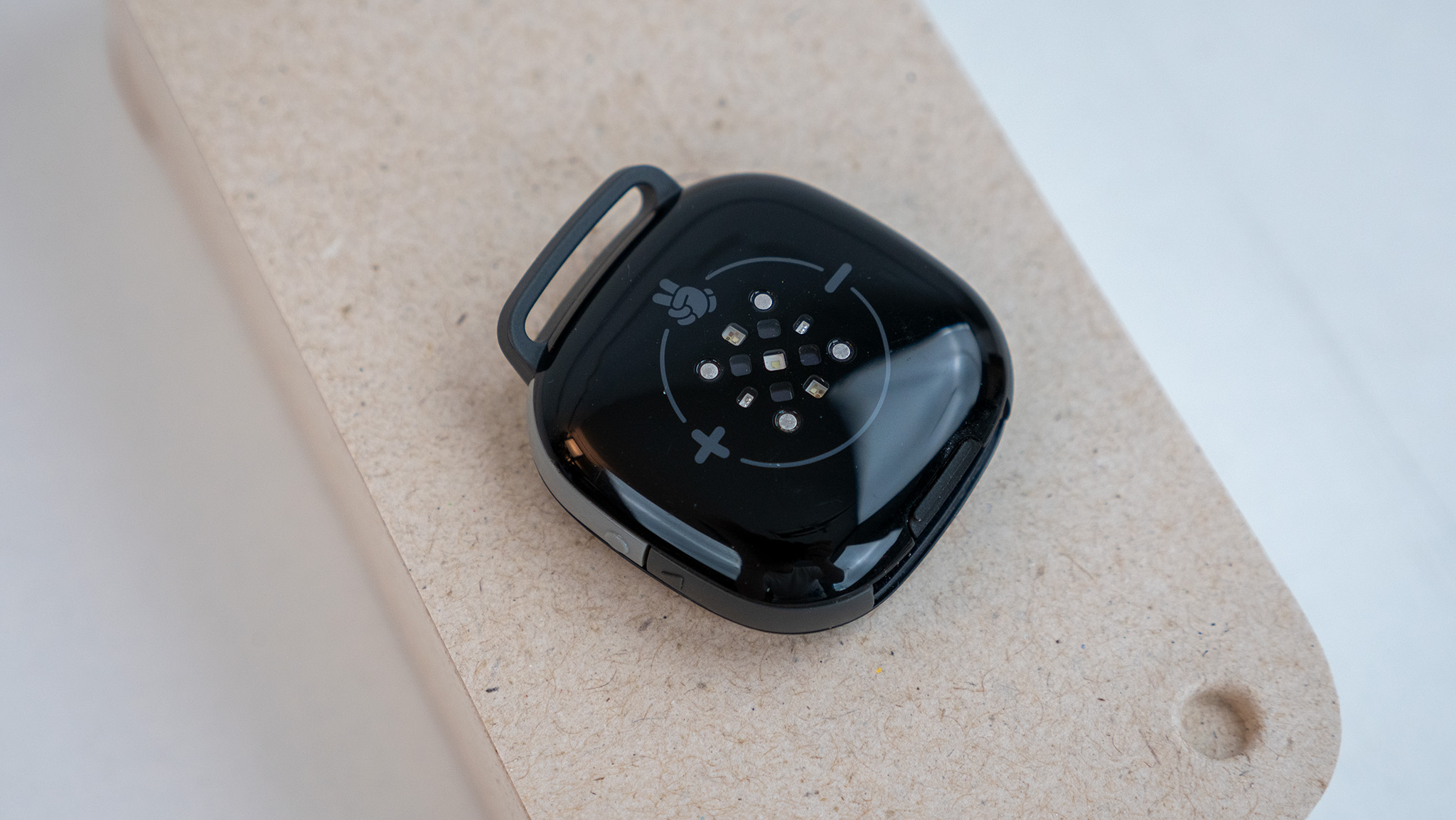

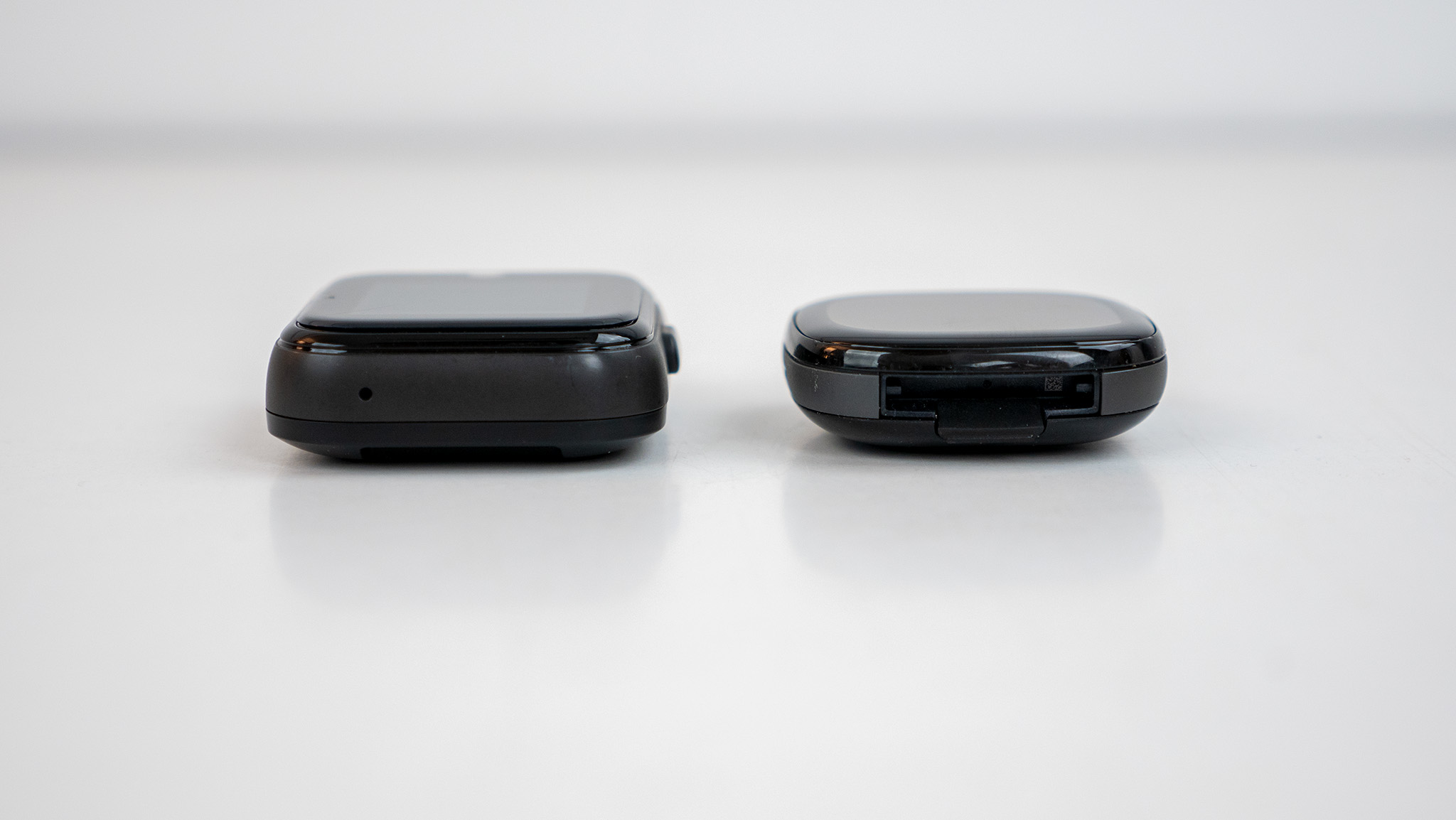
Kids will also love wearing the Fitbit Ace LTE because the hardware is so darn sleek looking. It's quite similar looking to some of the other best Fitbit trackers and smartwatches, which says a lot given the way most kids smartwatches look.
Case in point, my other two favorite smartwatches for kids, the Garmin Bounce and T-Mobile SyncUP, are both undeniably chunky, especially when compared to the Fitbit Ace LTE. Not only that, but the Ace LTE is lighter and nicer looking overall, helping make it feel cool to wear such a nice-looking gadget.
The Fitbit Ace LTE is also surprisingly durable. The included bumper case snaps on easily and, thankfully, stays put even during vigorous activity. My son wore it to regular ninja warrior classes and even ran a 2-mile Spartan kids' run with it on, and the watch still looks pristine. The bumper has some obvious scuffs on it, but that's fine since that's what it's made for.
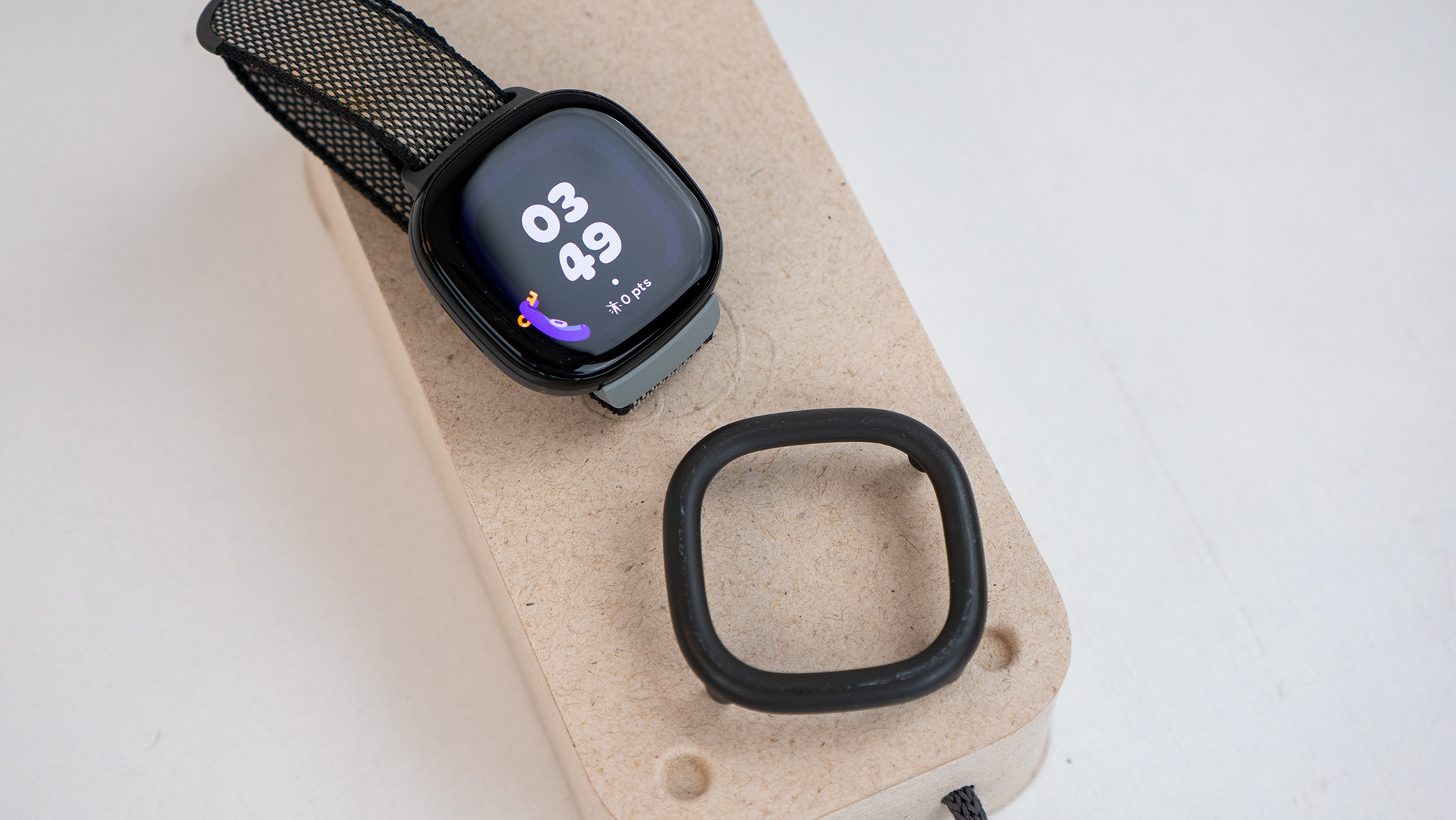

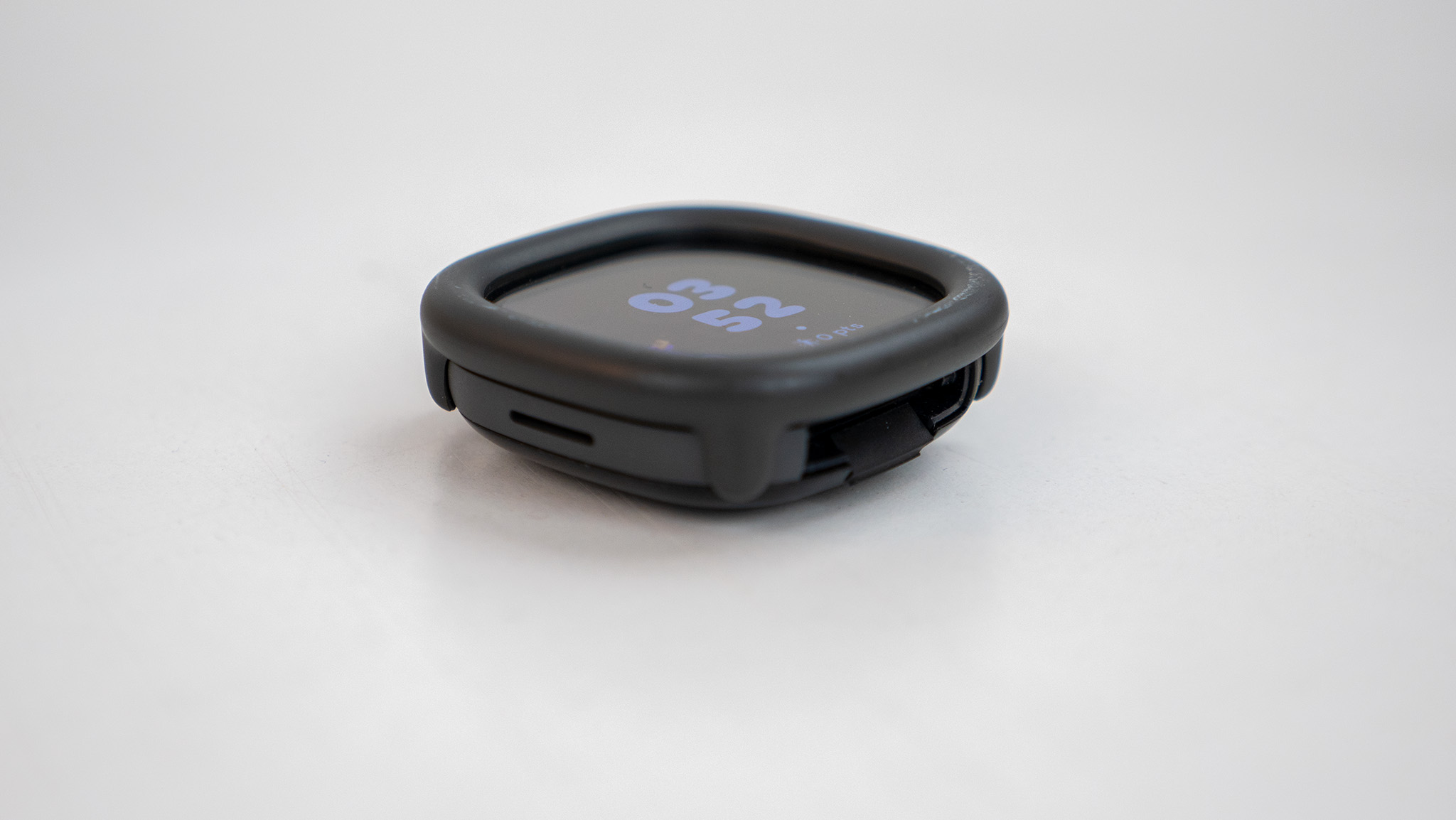

There are only two buttons on the watch: the top one opens contacts, while the bottom one opens the arcade. Swiping down on the watch face brings up quick settings, and swiping up opens notifications. Swiping right shows your daily quests, while swiping left brings up Bit Valley.
Kids can call, text, or voice message any contacts that parents have input into the Fitbit Ace app on their smartphones. The UI itself is similar to any Wear OS watch, so if you're already a Wear OS user, you'll be able to jump in and familiarize yourself quickly.
You can even use tap-to-pay with the watch with supported debit and credit cards. Google only just launched this functionality, though, so I wasn't able to test it for the review.
Parents can set up school time on the watch and limit the available activities during those scheduled hours. I didn't need to use those since it's summer, but they're there when you need them.
Fitbit Ace LTE: What could use improvement
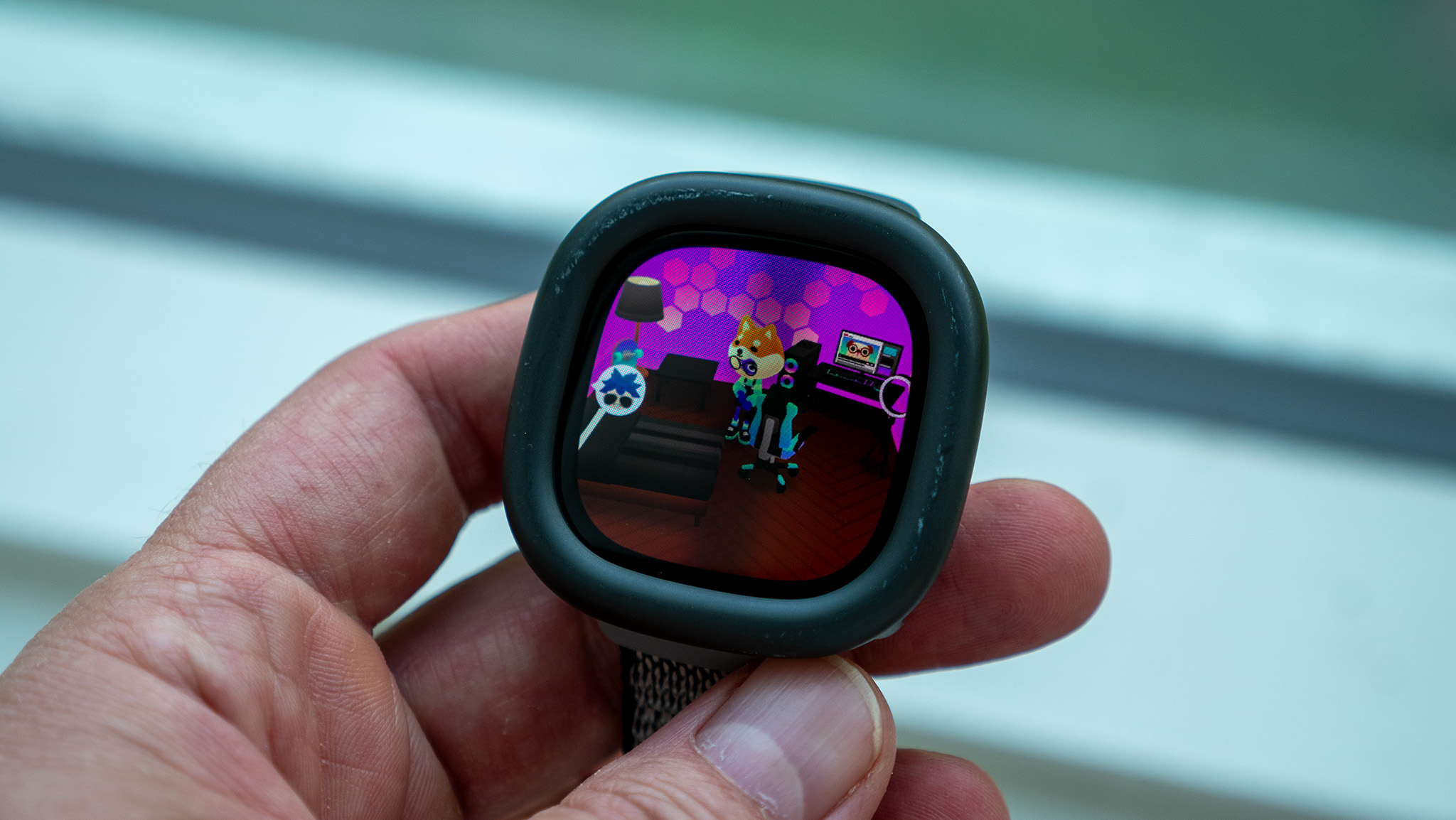
When I gave the Fitbit Ace LTE to my son, I was most excited to see how he liked the games. After all, one of the reasons the T-Mobile SyncUp watch is his previous favorite kids' watch is because it has the famous Dino game on it. To say he was elated with the upgrade in visuals and interactivity in the Fitbit Ace LTE's games is an understatement.
That is until he ran up against the first "more activity required" message. My son isn't a couch potato unless we let him be, but the amount of activity the watch requires for such short sessions takes some of the fun away. His favorite space strategy game typically gives kids one full turn before requiring more movement. This isn't just a little bit of movement, either. It's like 20 minutes of running around.
The ratio feels more like an amusement park ride than anything, making you wait for ages before giving you just a few minutes (or seconds) of playtime. Fitbit calls this "interval-based gaming" and says that game sessions are designed to be 5 minutes or less.
While the lack of fitness goal control annoyed me, the way points worked downright frustrated my son.
The concept is solid, and I like that there are obvious, "natural" limits to the games told through narrative, as Fitbit describes it, but I felt like the ratio of play-to-work was a bit off. As a parent, I'd love it if Fitbit added a way for me to adjust these ratios and goals to better fit my son's goals or habits, even if that means keeping them in a range instead of giving me total free reign.
But while the lack of control annoys me, the way that points work downright frustrates my son. That's because each game works a bit differently in regard to movement mechanics and points. The space strategy game, for instance, requires you to use your points as you earn them. Most turns take between 12 and 18 movement points to play, which is theoretically fine, but the problem comes in when you're not looking at the watch constantly.
That's because you can't "bank" or store points. While you'll earn them throughout the day, you can only use so many at a time. In this game's case, only one turn may be "bought" at a time. That means if you ran a Spartan race like my son did this past weekend, all those points you earned still only give you one turn. In short, it just doesn't feel fair.
You can't bank movement points. That means if you ran a Spartan race like my son did this past weekend, all those points you earned still only give you one turn in a game. In short, it just doesn't feel fair.
Some of these limitations are designed with battery life in mind. The watch is rated at 16 hours of battery life per charge, and amazingly, my son never had the watch die on him once over the past several weeks. That certainly means the games are well-designed for this purpose, but it would still be nice to be able to scale things.
I was also a bit surprised at the lack of detailed health data provided by the watch. The Fitbit Ace LTE is essentially a Google Pixel Watch 2 built for kids. It's got the same health sensors on the underside, the same powerful processor inside, and it even uses the same charger.
So why can't it do sleep tracking or let me see a graph of my son's heart rate throughout the day? All of the health data is wrapped into the watch's points system, and while the watch gives me some stats—light and active minutes throughout the day, number of floors climbed, and number of steps taken—I'd love to be able to dial down into these more.
Likewise, there's no "workout" mode for kids who want to track their own health metrics during the day. It's a very set-it-and-forget-it kind of watch, which is both good and bad.
There are also no apps of any kind, unlike a full-fledged Wear OS watch. That's not different from most kid-focused smartwatches, but it is a little surprising to see that Google and Fitbit don't at least have some kind of curated section of the Play Store for smartwatch apps for kids.
Fitbit Ace LTE: The competition

The T-Mobile SyncUP Kids Watch is my recommendation as the best alternative to the Fitbit Ace LTE for one main reason: video calling. There's something about being able to see your child on the other end of a call that gives you a boost of confidence, knowing you can see they're secure, not just hear it. Otherwise, lack of Wi-Fi and a requirement to use T-Mobile's network mean it's a worse buy for other reasons.
The Garmin Bounce offers some similar fun activity tracking features but doesn't feature anywhere near the robust health metrics of the Fitbit Ace LTE. Of course, Fitbit doesn't give you most of this data, but it's still tracked via the points system. The Garmin Bounce has much better battery life than the Ace, though, making it a no-brainer for anyone who doesn't want to charge every day.
Fitbit Ace LTE: Should you buy it?
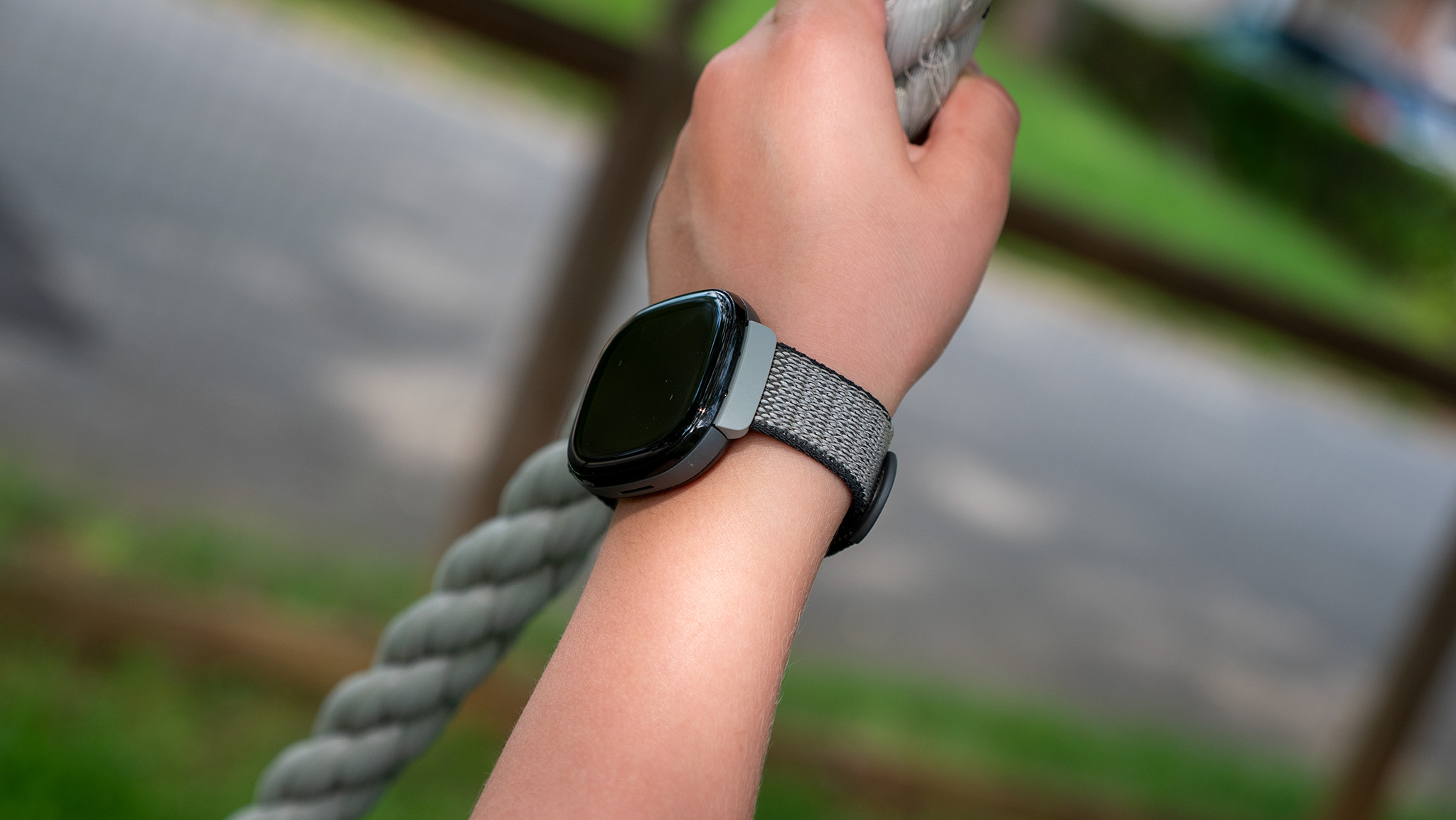
You should buy this if...
- You want a powerful, fun, and easy-to-use smartwatch for kids.
- You want a smartwatch for kids that looks like a grown-up watch.
- Your kids love games and can be motivated by them to move more throughout the day.
You shouldn't buy this if...
- You don't want to pay for a regular subscription.
- You want more granular health tracking data.
- Your kids need smartwatch apps.
The Fitbit Ace LTE is a brilliant smartwatch for kids that is now my new favorite. The past year has delivered some truly excellent kids' smartwatches, and this is the creme de la creme. It's got brilliant fitness tracking and motivational games to keep your kids moving—something I'd expect from the Fitbit brand—and battery life long enough to work throughout the day.
My biggest complaint is that the watch is a little too simple on the parental control side of things. There's no way to adjust how much activity your kids need to unlock reward goals. While I appreciate the doctor-approved defaults, I prefer them to be just that — defaults that can be adjusted, not requirements.
But I can look past most of that because of the brilliance of the system and the overall polish of this product. This is a smartwatch for kids like no other. Everything from the sleek hardware to the slick software design is a notch above anything else out there. That doesn't mean there aren't some other watches that might appeal to you or your kids more for one reason or another, but this one is going to be the best for most people.
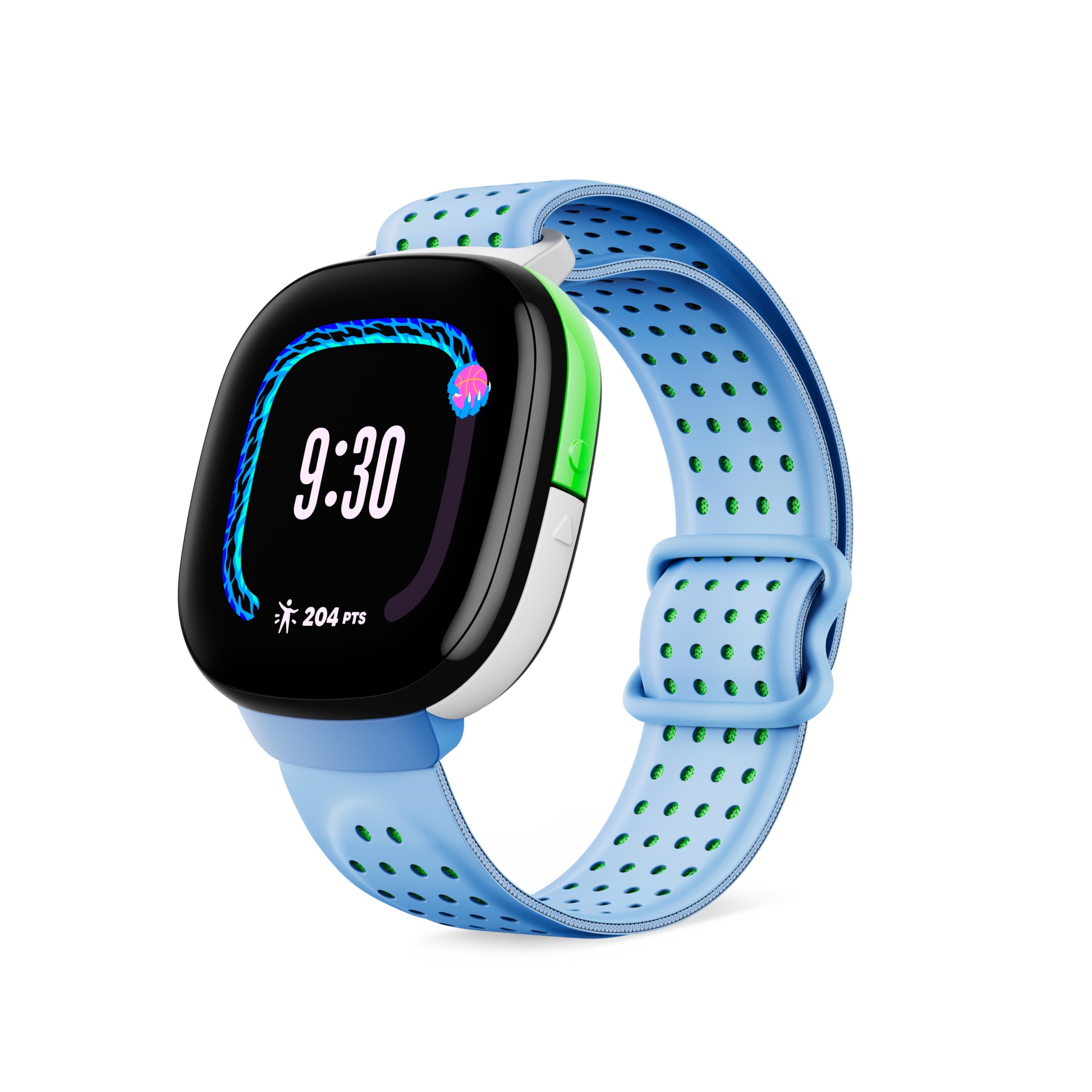
Get the watch that moves with your kids, including brilliantly interactive games, a virtual pet with Animal Crossing tendencies, built-in LTE location tracking, messaging, and calling, and sleek hardware they'll love to wear.

You must confirm your public display name before commenting
Please logout and then login again, you will then be prompted to enter your display name.
